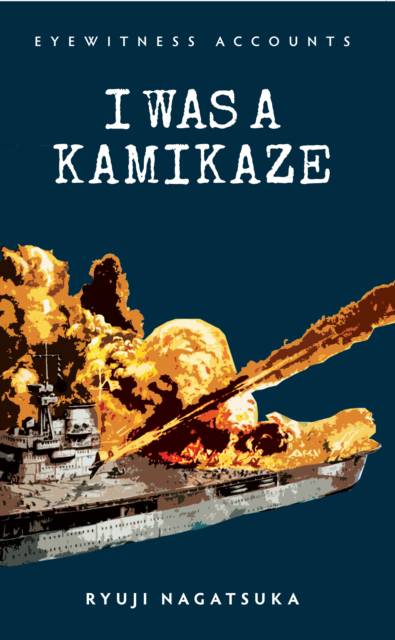
- Afhalen na 1 uur in een winkel met voorraad
- Gratis thuislevering in België vanaf € 30
- Ruim aanbod met 7 miljoen producten
- Afhalen na 1 uur in een winkel met voorraad
- Gratis thuislevering in België vanaf € 30
- Ruim aanbod met 7 miljoen producten
Zoeken
€ 12,95
+ 25 punten
Omschrijving
Ryuji Nagatsuka did not know, when he made an application to become a pilot in October 1943, that by the following autumn Japan's situation in the war would be so critical that the role for which he was destined would be part of the most incomprehensible phenomenon of the hostilities - that of a suicide pilot, known to the world as a kamikaze. He and his fellow kamikaze pilots had to be highly trained to crash exactly on target and to evade dense anti-aircraft fire. In this way, thirteen US warships were sunk, and 174 damaged, in the Battle of Okinawa. Here, in this extraordinary document, Nagatsuka gives us a unique insight into what it was that enabled these young men to die for their country in such a way - and to do so willingly.
Specificaties
Betrokkenen
- Auteur(s):
- Uitgeverij:
Inhoud
- Aantal bladzijden:
- 192
- Taal:
- Engels
- Reeks:
Eigenschappen
- Productcode (EAN):
- 9781445634821
- Verschijningsdatum:
- 15/06/2014
- Uitvoering:
- Paperback
- Formaat:
- Trade paperback (VS)
- Afmetingen:
- 124 mm x 196 mm
- Gewicht:
- 181 g

Alleen bij Standaard Boekhandel
+ 25 punten op je klantenkaart van Standaard Boekhandel
Beoordelingen
We publiceren alleen reviews die voldoen aan de voorwaarden voor reviews. Bekijk onze voorwaarden voor reviews.











